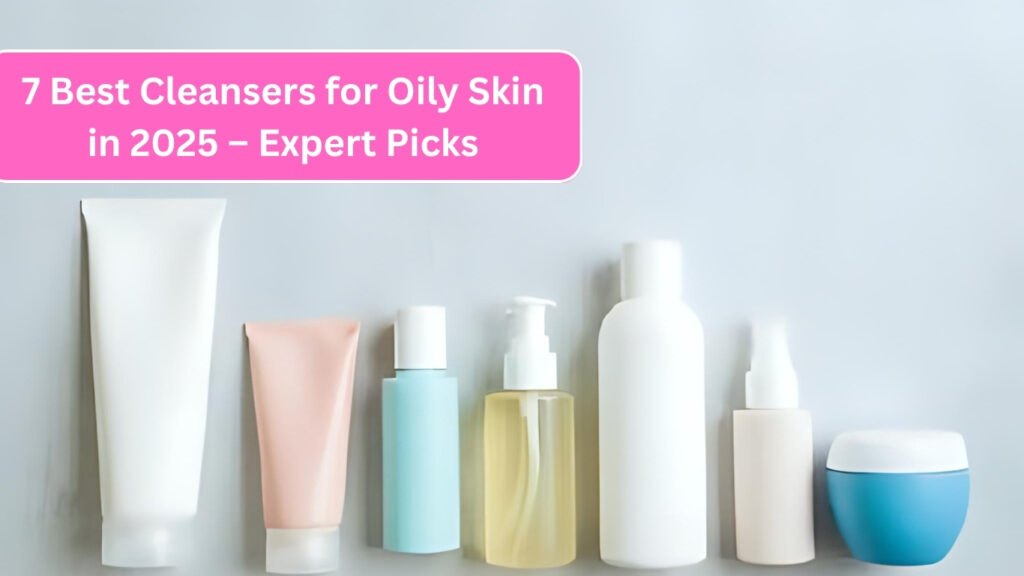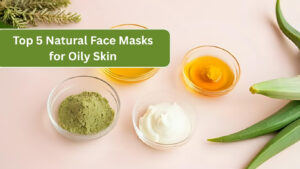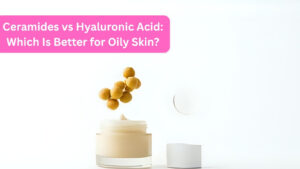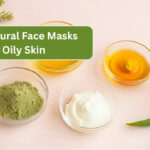Finding the right cleanser is the cornerstone of every effective oily-skin routine. Too harsh, and you risk rebound oiliness; too gentle, and pores stay clogged. In 2025, formulations have evolved—combining targeted actives, gentle surfactants, and barrier-support ingredients. Here are the 7 best cleansers for oily skin you can buy today, plus tips on how to choose the perfect one for your needs.
1. Salicylic Acid Gel Cleanser
- Key Features: 1.5–2% salicylic acid concentration, pH 3.5–4.5
- Why It’s Great: Penetrates and exfoliates inside pores, reduces blackheads and blemishes.
- Who It’s For: Those prone to whiteheads and frequent breakouts.
- Usage Tip: Use morning and evening; follow with hydrating toner to prevent dryness.
2. Sulfate-Free Foaming Cleanser
- Key Features: Mild surfactants (cocamidopropyl betaine), fragrance-free.
- Why It’s Great: Gently removes excess sebum without stripping barrier lipids.
- Who It’s For: Sensitive oily skin or post-treatment skin (retinoids, peels).
- Usage Tip: Massage into damp skin for 60 seconds before rinsing.
3. Niacinamide Infused Cream Cleanser
- Key Features: 3–5% niacinamide, ceramide boost.
- Why It’s Great: Regulates sebum, fortifies barrier, soothes redness.
- Who It’s For: Those with oily, reactive, or rosacea-prone skin.
- Usage Tip: Use as a second cleanse in a double-cleanse routine.
4. Micellar Water for Oily Skin
- Key Features: Oil-attracting micelles, alcohol-free formula.
- Why It’s Great: Removes makeup, sunscreen, and surface oil in one swipe.
- Who It’s For: No-rinse days or quick refreshes on the go.
- Usage Tip: Follow with a water-based cleanser for deeper clean.
5. Clay-Infused Gel Cleanser
- Key Features: Kaolin or green clay particles, glycerin for hydration.
- Why It’s Great: Draws out impurities, leaves skin matte but hydrated.
- Who It’s For: Oily skin with large pores or occasional breakouts.
- Usage Tip: Massage gently; let sit for 30 seconds before rinsing for extra oomph.
6. Enzyme Exfoliating Cleanser
- Key Features: Papain (papaya enzyme), pineapple extract, sulfate-free.
- Why It’s Great: Breaks down dead skin cells without mechanical abrasion.
- Who It’s For: Those who prefer chemical exfoliation in their daily wash.
- Usage Tip: Limit to once daily to avoid over-exfoliation.
7. Balancing pH Gel Cleanser
- Key Features: Formulated at pH 5.5, with added prebiotics.
- Why It’s Great: Maintains the skin’s natural pH and microbiome balance.
- Who It’s For: Oily skin that’s prone to irritation or sensitivity.
- Usage Tip: Perfect for morning use to prep skin for active treatments.
How to Choose Your Perfect Cleanser
- Identify Skin Concerns: Breakouts, sensitivity, texture—match active ingredient accordingly.
- Texture Preference: Gel vs foam vs cream—choose what you’ll actually use consistently.
- Ingredient Watchlist: Avoid harsh sulfates, heavy oils, and high-alcohol formulas.
- Patch-Test New Formulas: Even gentle cleansers can cause reactions; test on jawline for 48 hours.
FAQs
Q1: Can I switch between two cleansers?
Yes—rotate based on your skin’s needs (e.g., pH-balanced in AM, salicylic acid at night).
Q2: Does double-cleansing work for oily skin?
Absolutely—an oil-based first cleanse removes makeup/sunscreen, and a targeted second cleanse deals with sebum.
Q3: Will a cream cleanser clog my pores?
Not if it’s labeled non-comedogenic and contains barrier-supporting ingredients like ceramides.
Q4: How long should I massage the cleanser?
Ideally 60–90 seconds to allow actives to work without over-massaging.
Q5: Is water temperature important?
Use lukewarm water—hot water can strip lipids and trigger more oil production.





